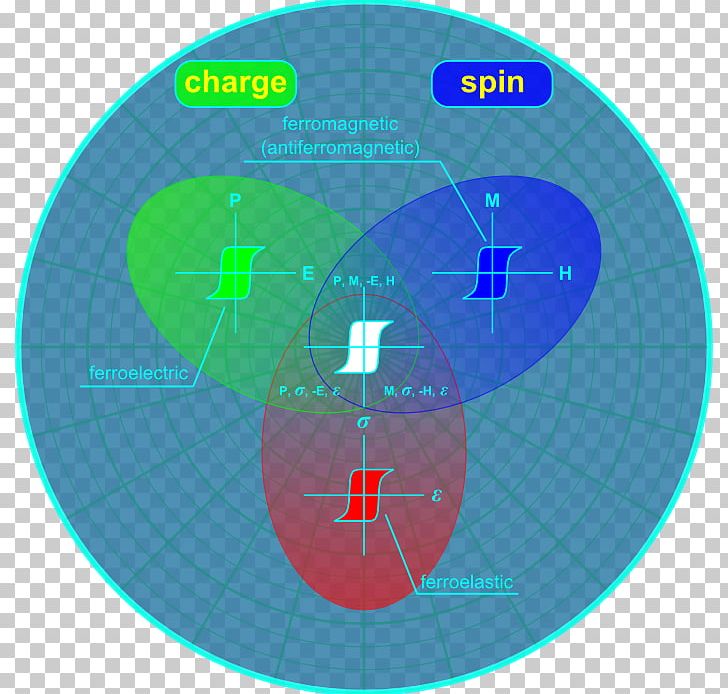In the intricate world of condensed matter physics, one might ponder: What precisely is spin texture, and why does it matter? This question invites a delightful exploration into the realm of quantum mechanics, where the behavior of particles is governed by superposition and entanglement, leading to profound implications for future technological innovations.
To engage deeply with this concept, it is essential to understand the foundational notion of “spin.” Spin is a fundamental property of elementary particles, akin to angular momentum. It can be thought of as a form of intrinsic rotation that does not correspond to a physical spinning motion but rather represents a quantum state characterized by discrete values. In the framework of quantum mechanics, spin exists in several forms, with the simplest manifestations observed in electrons, which embody a spin of 1/2. This intrinsic angular momentum is crucial in determining the magnetic properties of materials.
Now, the term “spin texture” emerges in contexts where the spin configuration of a system varies spatially. These textures are multidimensional landscapes of spin orientations, revealing how localized magnetic moments interact with one another in complex materials such as magnets and topological insulators. Understanding these textures requires delving into areas such as noncollinear magnetic ordering and the multifaceted symmetries found within condensed matter systems.
The inquiry into spin textures often leads to fascinating questions about symmetry breaking and stability. In a ferromagnet, for example, spins tend to align parallel, producing a uniform texture. However, in more complex systems such as frustrated magnets, where competing interactions thwart the attainment of a simple ground state, spin textures may arise as a response to geometrical constraints. This phenomenon hints at an underlying complexity inherent in condensed matter systems.
As we navigate through the varieties of spin textures, several prominent categories surface. Skyrmions represent intricate, stable configurations of spin texture characterized by a winding number; they are particularly noteworthy for their potential applications in magnetic storage and spintronics. This class of particle-like excitations can exhibit remarkable stability against perturbations, presenting a noteworthy challenge for researchers enamored by their promise. Bimerons and antiskyrmions further embellish the canvas, each with unique topological properties and implications for the manipulation of magnetic materials.
The exquisite beauty of spin textures is intertwined with their response to external stimuli, such as electric and magnetic fields. The inquiry into how these textures can be tuned reveals their potential utility in future technologies. For instance, one possible application lies in magnetic devices such as racetrack memory, where skyrmions can be manipulated using current pulses. Herein lies a challenge: How does one efficiently control and utilize these textures on a macroscopic scale? The resolution of this conundrum could yield breakthroughs in data storage and processing capabilities.
Moreover, the interplay between spin textures and other emergent phenomena, such as superconductivity and quantum phase transitions, opens a spectrum of intriguing questions. For instance, in superconducting materials, the interaction between Cooper pairs and underlying spin textures can breed novel quantum states, enriching our understanding of materials at their very core. How do these textures impact the coherence and stability of superconducting states? Investigating such questions necessitates a deep dive into the theoretical frameworks and computational techniques used to introspect complex quantum systems.
The burgeoning field of spintronics represents another vital arena where the implications of spin texture crystallize. This field explores the potential of electron spin, rather than charge, as a means of information processing. In a nutshell, spintronic devices leverage the unique properties of spin textures to enhance performance and efficiency over traditional electronic devices. The challenge, however, persists in identifying materials that support robust spin textures at room temperature, as well as equipment that can detect and manipulate these states with precision.
As researchers strive to elucidate the complexities surrounding spin textures, their work is frequently hampered by the necessity for sophisticated experimental setups and theoretical models. Advanced techniques such as neutron scattering, Lorentz transmission electron microscopy, and spin-resolved photoemission spectroscopy have evolved to visualize these elusive patterns. Significantly, such advancements help demystify the spin dynamics at play, but additional research is required to develop a comprehensive understanding that accommodates quantum fluctuations and thermal effects.
In conclusion, spin textures encompass a captivating aspect of condensed matter physics with significant theoretical and practical implications. As researchers delve into the intricacies of their formation, stability, and manipulation, the tantalizing potential of these phenomena promises groundbreaking advancements across various scientific and technological domains. The challenges associated with fully grasping and harnessing these spin configurations remain substantial, but the journey of exploration is one fraught with excitement and the promise of discovery.












